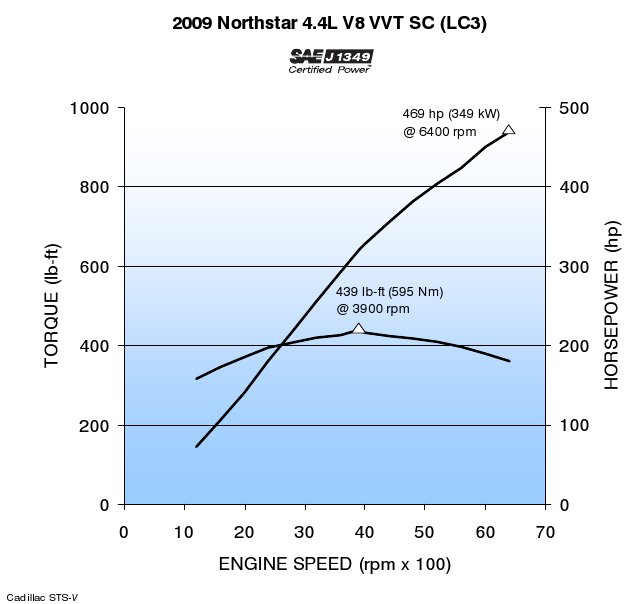Got the call from Jaime at StreetSideAuto that my Spectre Performance custom STS-V intake is on the way here; it appears to be set for arrival Mon/Tue. I called and set my dyno day with Tim at True Street Motorsports in McKinney for Friday, August 5 beginning at 9:30 am.
The plan will be to dyno my 2008 Cadillac STS-V in stock configuration, swap on the Spectre Performance custom intake, get the STS-V back to the same conditions as start, then re-dyno with the intake. We’ll be monitoring IAT, IAT2, and fuel richness among other things.
Dyno runs are normally done in the gear closest to 1:1 which in the STS-V is 4th gear. In sport mode the STS-V can manually shift and hold gears, which is dyno friendly.
It is very hot in Texas this summer, and likely will be 103F still on Aug 3. Stock 469 hp STS-V’s tend to dyno at 360-370 wheel hp, for a ~23-21% transmission & rolling loss. So that’s what we might expect for the baseline. Other users have reported as high as +40 whp, up to 410 whp, but there are very few controls on internet reports as to whose car is truly, strictly stock and not. Judging by ‘normal’ automatic vehicles 20% transmission & rolling loss, that would put the V at 410/0.8 = 512 hp equivalent.
I am hoping to get to 400 whp, but the whole day is an adventure, so we’ll see.
As you can see from this view of the ‘back’ of the LC3 in the STS-V, the intake tubes run all the way around to the back of the engine. That large box along the way is a silencer to remove or mute the sound of the supercharger. The new intake is just straight flow, so the V will pickup a pronounced supercharger whine.
Then I’ll enjoy the car for a couple of weeks, and return to the dyno for a “2 week laters” test to see if the improvement is sustained.
What do you think? Any advice? Please add a comment!



